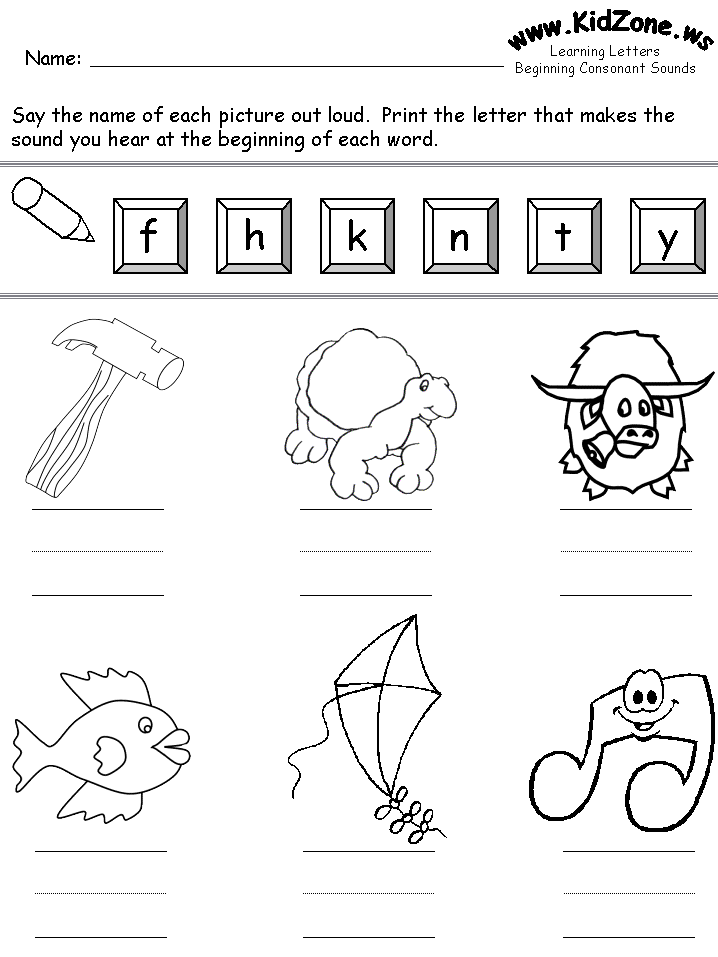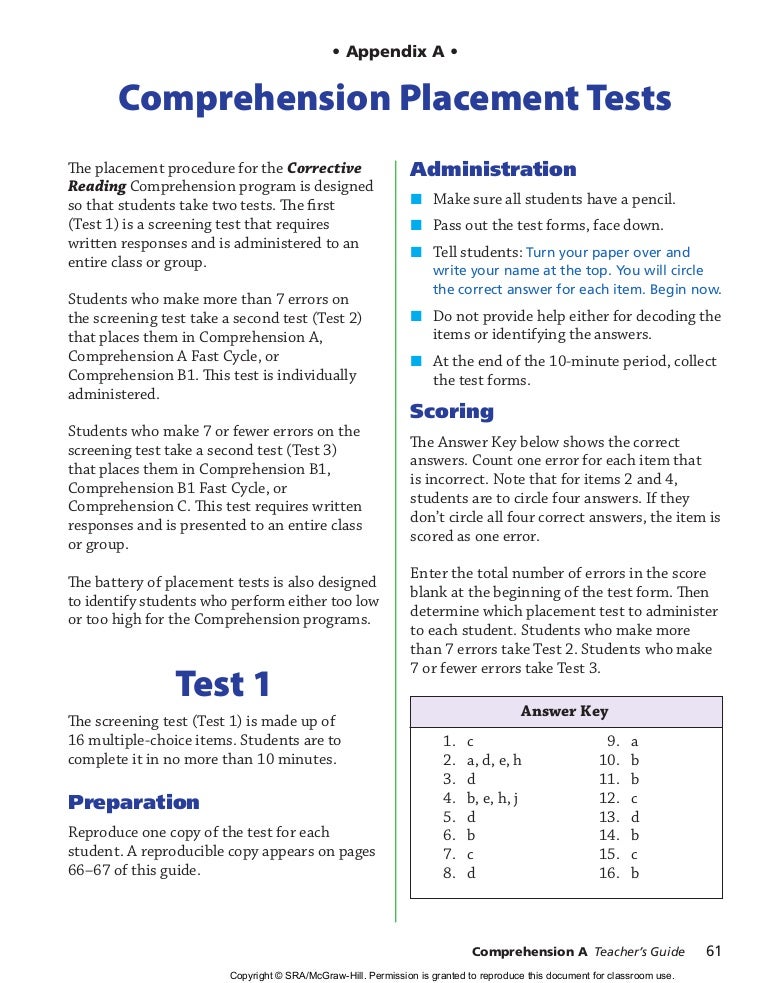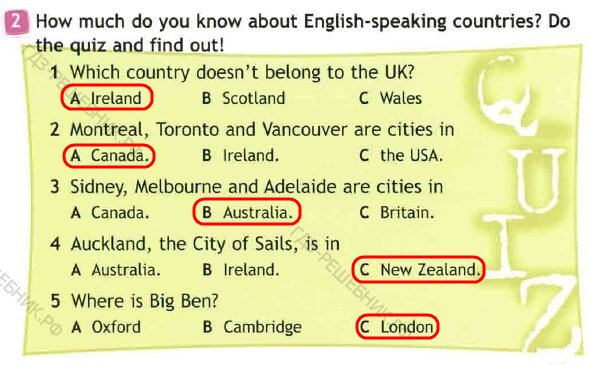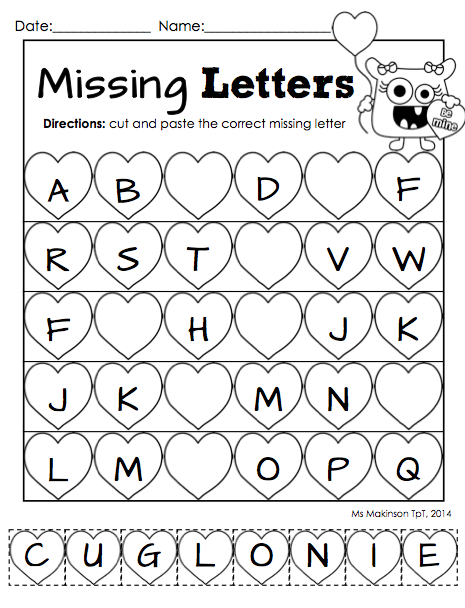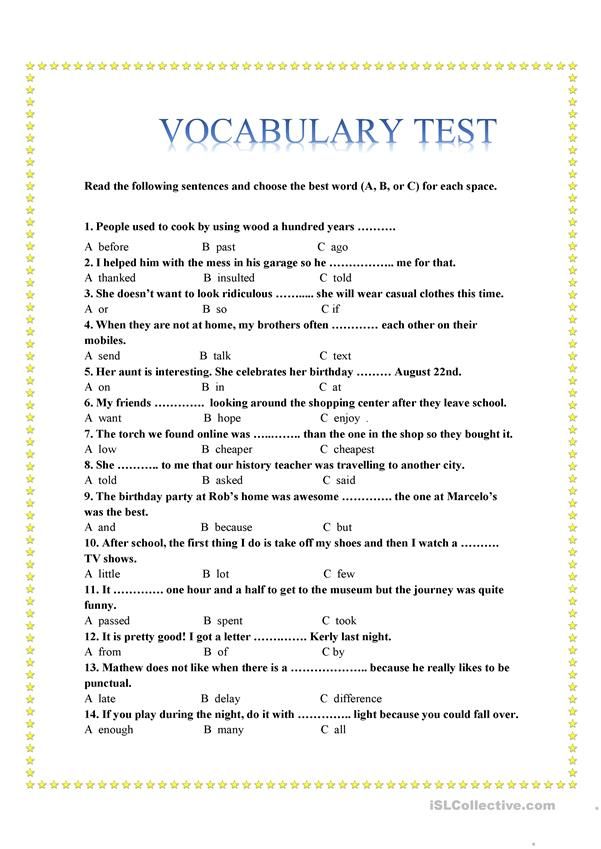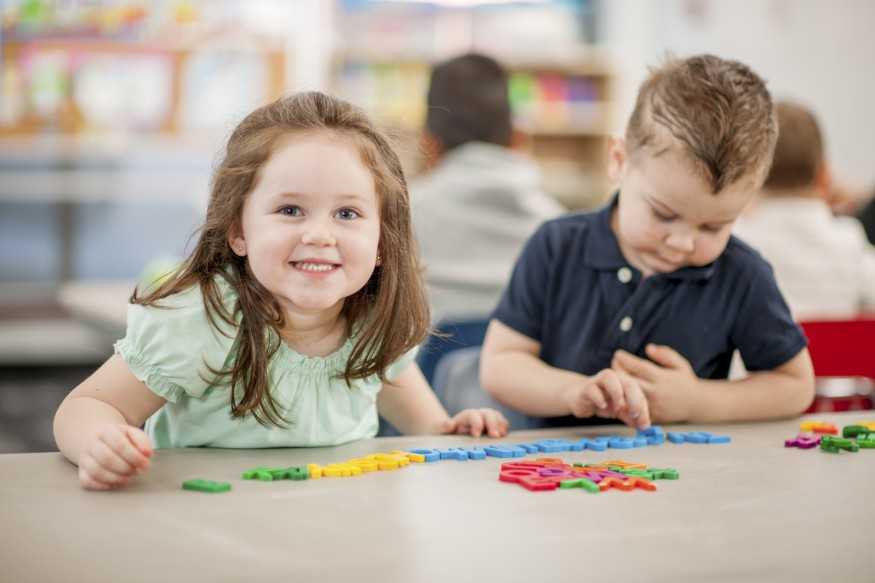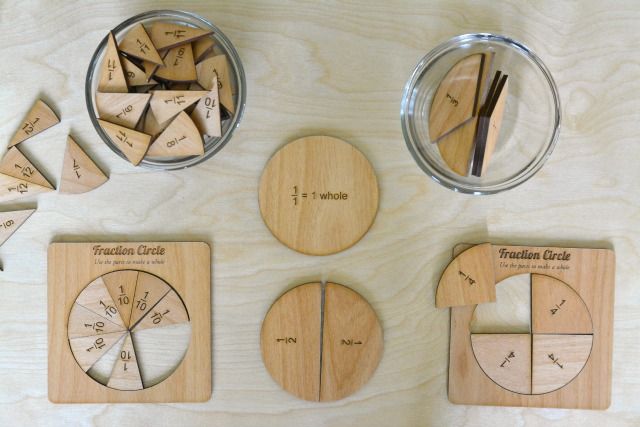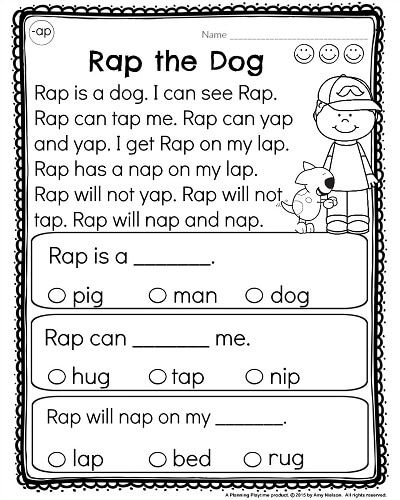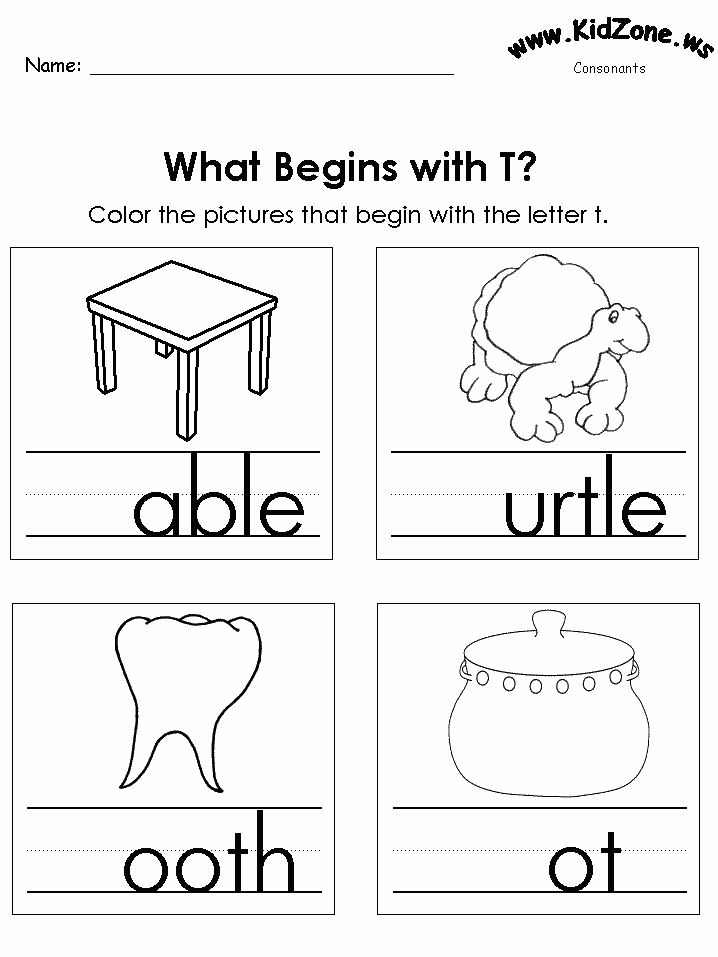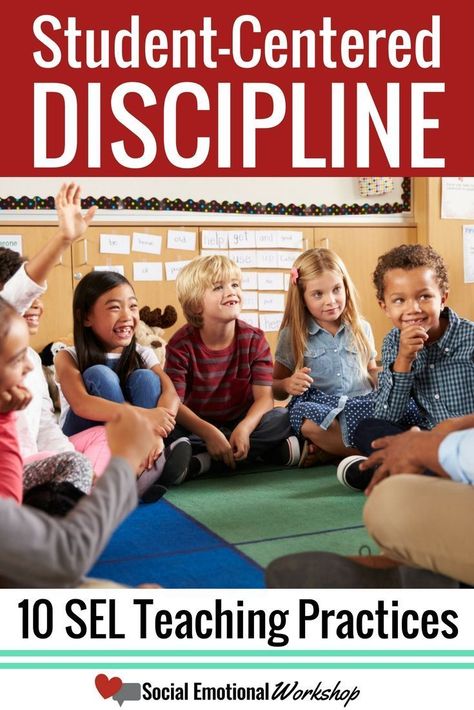Teaching letter sounds preschool
Help Your Child Learn Alphabet Sounds!
Site Search
Site Search
Shop Now
Teaching Tips
December 15, 2020
0
4 mins
Alphabet knowledge is one of the first building blocks of education, the moment when children begin learning the letters of the alphabet. As the stepping stones of language, learning the alphabet is one of the first ways we develop the skills necessary to read and write. In fact, studies show that the ability to name the letters of the alphabet during Pre-K and kindergarten is a well-established predictor of children's literacy skills later in life. Properly knowing the alphabet means that the child can distinguish between the 26 letters of the alphabet and can also verbalize those letter sounds. There are many different ways to approach teaching the alphabet, and because every child is different, multiple teaching methods should be considered to ensure that all students are on the same path toward mastering letter sounds.
Tips for Teaching Letter Sounds
Many factors play a role in a child’s quest toward learning the alphabet. When teaching letter sounds, it's important to consider that students have varied learning styles. It is best to use a combination of visual, tactile, and auditory strategies in order to reach learners most effectively. Taking advantage of all possible approaches and beginning at an appropriate pace for the age group is key for making sure the child has learned the alphabet.
Preschool vs Kindergarten
Establishing the child’s starting point is crucial for properly knowing where to begin in regards to the child learning letter sounds. In Pre-K, students are beginning to establish phonemic awareness, and these skills can grow quickly. By establishing the learner’s baseline, you are able to help them achieve greater growth throughout their Pre-K and kindergarten years.
Start With Their Name
Taking full advantage of meaningful literacy during early childhood education is a great way to connect lessons with the student in an intimate and fun way. Starting with teaching the child’s name guarantees that there will be a personal connection to the letters of the alphabet and teaching the letter sounds of their name will help them to remember certain letters and touch on correct letter order as well. Start with their name and then move on to other personal buzzwords such as their favorite food, color, and so on.
Starting with teaching the child’s name guarantees that there will be a personal connection to the letters of the alphabet and teaching the letter sounds of their name will help them to remember certain letters and touch on correct letter order as well. Start with their name and then move on to other personal buzzwords such as their favorite food, color, and so on.
Capital Letters First
When teaching letter sounds, children typically learn capital letters first so it’s much easier for them to recognize capital letters than lowercase letters. When using visual materials for teaching letter sounds, begin with mastering capital letters of the alphabet and then move forward to incorporate lowercase letters as well. This allows them to have a foundation for letter sounds while then focusing on letter recitation overall.
Use Visual Cues
Visual cues are a huge helping hand in the quest for properly teaching alphabet letters and sounds.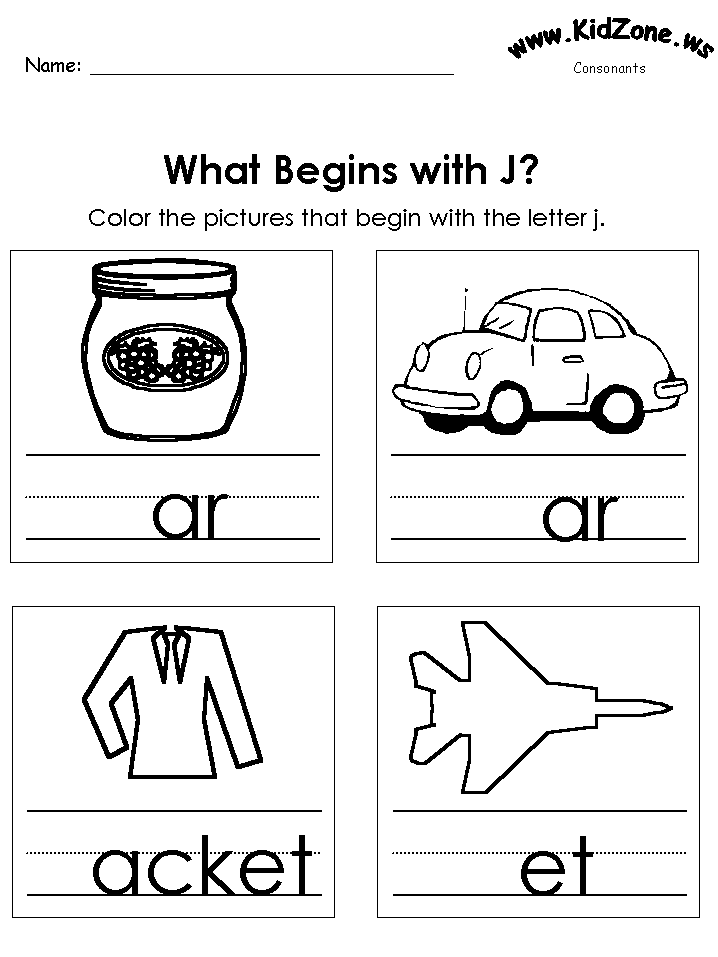 Combining verbal and visual instruction to provide aid for the child allows them to commit the letters to memory and recall those letters later on. Consider using physically engaging alphabet resources to help give kids visual assistance in learning letters and sounds. Some great tools we suggest include:
Combining verbal and visual instruction to provide aid for the child allows them to commit the letters to memory and recall those letters later on. Consider using physically engaging alphabet resources to help give kids visual assistance in learning letters and sounds. Some great tools we suggest include:
Letters or Letter Sounds First?
Each student is unique! Some children will have an easier time identifying the letter, while others may have a better time learning the sound before the corresponding letter. Take note of which direction the child is leaning toward and cater to their individual needs. But first and foremost, ensure you invest a healthy amount of time in establishing letter-sound-correspondence when teaching letters and sounds.
Mix Up the Standard Alphabet Order
A great way to ensure that the student is properly able to identify and replicate alphabet letter sounds is to change up the alphabet order.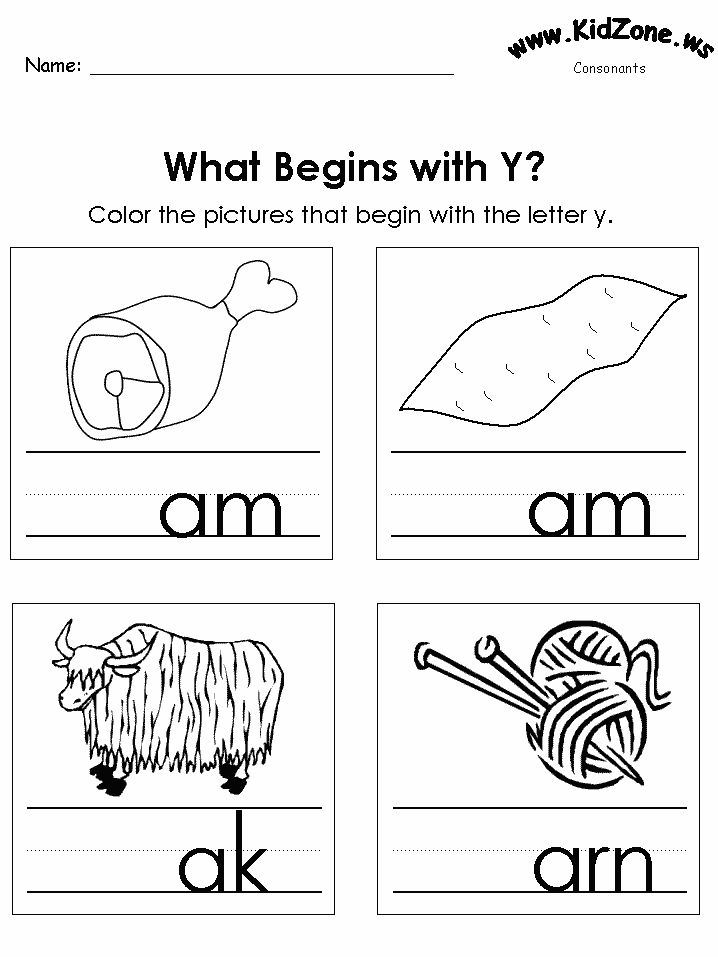 This allows the teacher to see if the student has retained the alphabet properly or has maybe relied heavily on educational tools like songs and games to be able to identify letters. A-B-C Touch & Flip Cards are a great tool for mixing up the order to ensure each letter gets its own spotlight and that the child can confidently excel in mastering the alphabet.
This allows the teacher to see if the student has retained the alphabet properly or has maybe relied heavily on educational tools like songs and games to be able to identify letters. A-B-C Touch & Flip Cards are a great tool for mixing up the order to ensure each letter gets its own spotlight and that the child can confidently excel in mastering the alphabet.
Make Letter Sounds Fun
One of the best parts of teaching letter alphabet sounds is watching the moment when it finally clicks for the child. Teaching letter sounds should be a fun experience for the child. That positivity helps encourage comprehension and encourages further development of these skills. Try playing games, singing catchy alphabet songs, or even assigning alphabet-based art assignments to help make learning the alphabet a fun experience.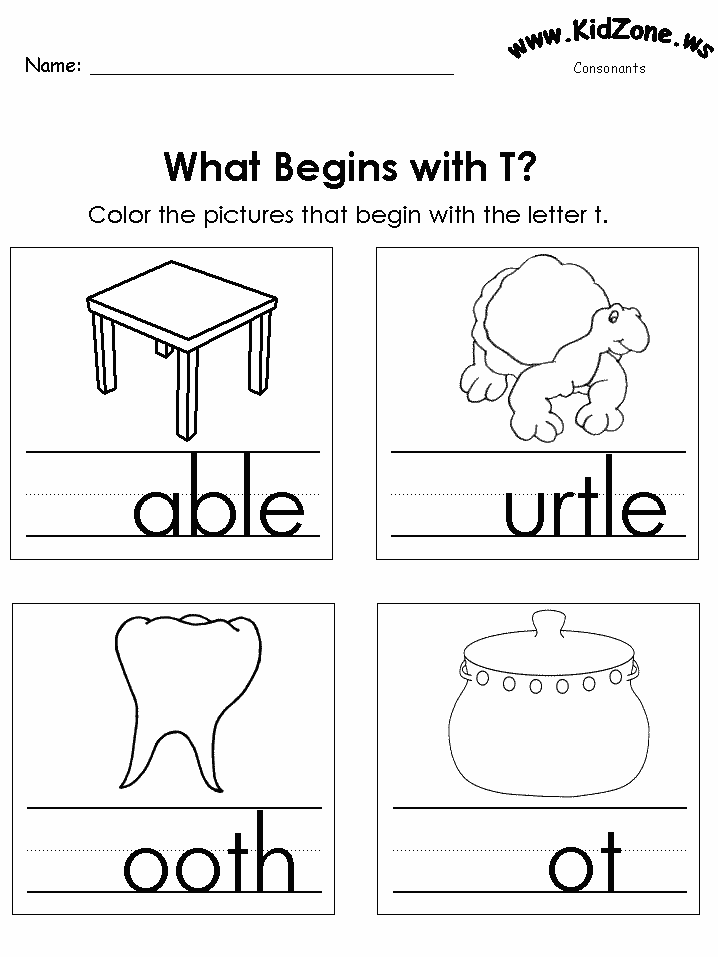
Learning Without Tears Knows Letter Sounds!
Once a child has confidently mastered letter sounds and the alphabet, they’ve taken the first step toward literacy, vocabulary, language development, and more. With a combination of enriching alphabet learning materials and enough consistent practice, any child will be on their way to confidently know the alphabet.
Learning Without Tears seeks to help families, educators, and children get prepared for learning with innovative educational materials and professional resources. We want every child to be set up for success through each step of their learning journey, with engaging and worthwhile materials for K-5 students. Regardless of whether the child is learning in a traditional classroom or at home, Learning Without Tears provides access to proven curricula, industry insight, and enriching products that help make teaching and learning the alphabet a fun experience.
Source: Piasta, Petscher & Justice, 2012
Related Tags
Home Connection
Home Connection, Teaching Tips, Multisensory Learning, Readiness
Handwriting Development Through Developmentally Appropriate Practices from Ages 2-5
August 13, 2021
0 4 min
Ask the Experts, Teaching Tips, Multisensory Learning, Readiness, Home Connection
Why is Literacy Development Important for Children?
June 17, 2021
0 4 min
Ask the Experts, Teaching Tips, Multisensory Learning, Readiness, Home Connection
Naming Letters Is Not a Straight Path to Literacy: Here’s Why
April 15, 2021
4 2 mins
There are no comments
Stay Connected and Save 10%Sign up for our newsletter and get the latest updates, Classroom tips & free downloads.
Comments
5 Fun And Easy Tips
Letter sounds are one of the very first things your child will encounter when they begin to explore reading.
By recognizing the phonetic sounds that alphabetic letters make, your child will take their first big step toward associating words with their individual sounds, an essential tool for, when the time is right, sounding out words.
Most new readers start from the same place — by learning their letters! And no matter where your child is on their reading journey, working with them on their letter sounds is a great way to help strengthen their fundamental skills.
Here are five fun and effective tips for working on letter sounds with your child.
5 Fun And Easy Ways To Teach Letter Sounds
1) Touch And Feel Letters
Humans are tactile creatures, and we depend on touch to tell us a lot about the world around us. This is especially true of kids when they’re learning!
Although most traditional reading curriculums focus on auditory and visual cues for letters and their sounds, touch can be helpful, too.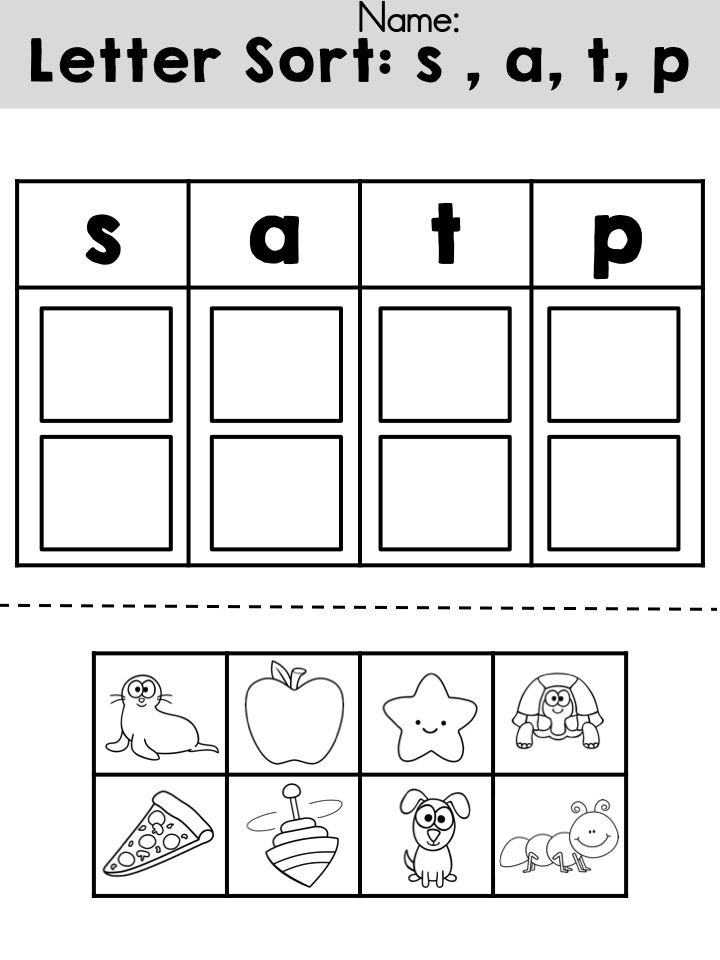 We have five senses, after all, so we might as well take advantage of them!
We have five senses, after all, so we might as well take advantage of them!
As opposed to relying solely on how a letter looks when it’s written (and flat), adding in a physical sensory element can help your child build a stronger connection to the letter sound they’re trying to learn.
Doing this engages an extra part of their brain while they learn. Not only will they know what the letter looks and sounds like but also what it “feels” like. Associating the “feel” of a letter with its pronunciation may help them gain a better understanding of letter sounds more quickly.
There are plenty of options for exploring reading through your child’s sense of touch. The best part? Your child will get to do one of their favorite things — make a mess! Letting them get messy with letters provides a great incentive to learn.
If you’d like to try this tactile learning style, you can get started by grabbing a few blank pieces of paper. Using a thick, dark marker, write out the letters you want your child to work on.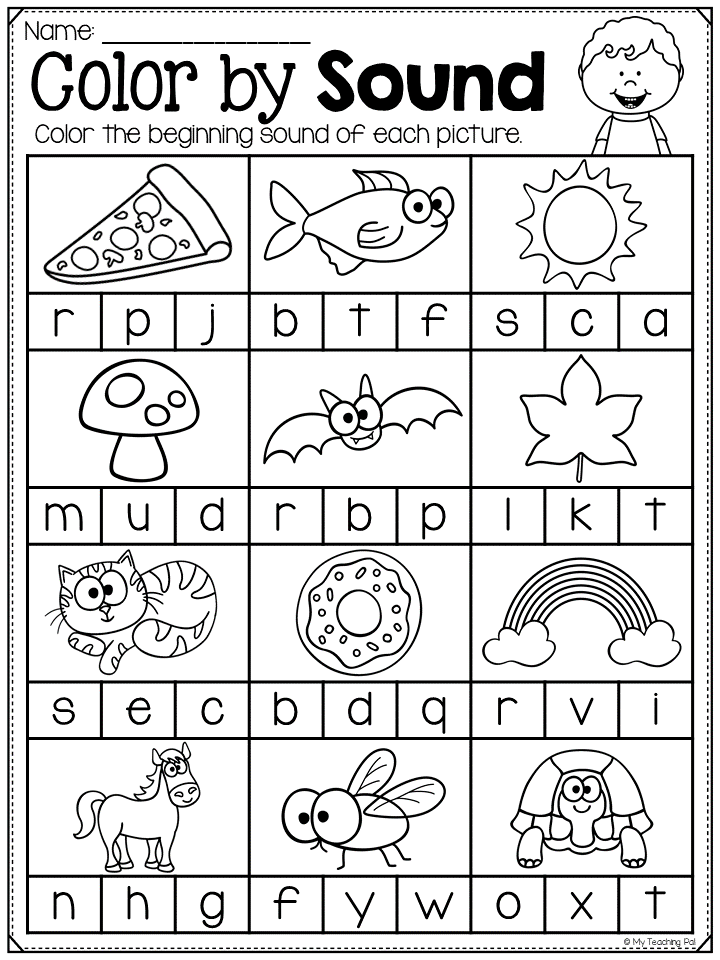
Then, you can simply grab whatever you have around the house that is malleable enough to form into letters. PlayDoh or kinetic sand are both great options.
We recommend saying the associated letter sound as your child looks at and forms the written letter with the PlayDoh or kinetic sand. You can also encourage them to shape their material over the outlined letter on the page if they need some extra guidance.
Feel free to also brainstorm words with them that share the letter sound they’re practicing. This could help them make even more connections to the letter and its sound!
If you don’t mind a little extra clean up, shaving cream can also be a great option! Simply spread out the shaving cream on a flat surface. Trace out the letter for them in the shaving cream, then ask them to do the same while you repeat the letter sound.
2) Connect Letter Sounds To Familiar Symbols
Letters and their sounds might be unfamiliar to your child. By making a connection between letter sounds and items or symbols your child might already be familiar with, you can help bridge the gap between what they don’t know yet and what they do!
Utilizing things that your child already knows and loves may encourage them to get more engaged with learning their letter sounds. Familiar ideas will also make them feel more confident and comfortable while learning.
Familiar ideas will also make them feel more confident and comfortable while learning.
For example, if you want to start with the letter “T,” consider printing out pictures of things that start with “T” that your child loves, such as trucks and tigers. Let your child choose which pictures to use, and then help them create their very own alphabet book with those images!
Working with your child to construct their personal letter-sound alphabet — a mixture of the specific picture you want them to learn to associate with a particular letter sound — is an easy and fun craft project that will pay off in the long run.
The more personalized you can make the learning process the more fun your young learner will have!
Familiarity can also help your child beyond simply learning the letter sound: it helps them build confidence! The more your child feels like they understand and know what they’re reading, the more likely they’ll be to develop an enthusiasm for learning.
3) Repetition, Repetition, Repetition
This technique focuses on repetition, which is great for getting your child familiar with their letter sounds. By consistently repeating the same letter sounds to them, you can help your child more easily pick up on them.
By consistently repeating the same letter sounds to them, you can help your child more easily pick up on them.
A great idea might be to focus on introducing your child to one letter sound at a time. You could make a “letter of the week” jar for your child. Place an empty jar on your counter labeled with the letter sound for the week.
Every time your child points out a word they’ve heard that starts with the letter sound of the week, they earn a “ticket” or “point” in the letter sound jar (you could also use stickers on a poster if you don’t have a jar handy).
Challenge your child to gain three or four points (or more!) during the day. You’ll want the jar to be somewhere your child sees it often — maybe in the kitchen so you can prompt your learner to think of a word while you’re making dinner or washing dishes!
They don’t have to rely on only the things they hear or see in real life, especially when it comes to those trickier letter sounds (like x, q, or z). Consider using some of your daily reading time to flip through magazines or books and point out the letter sound whenever you come across it.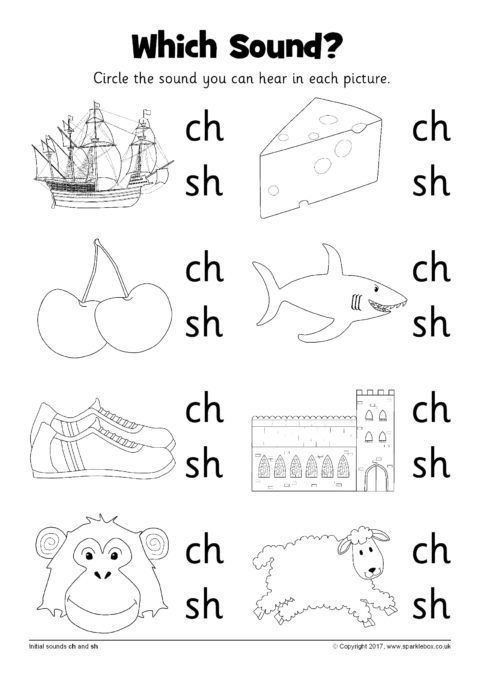
Emphasizing repetition this way really gives your child the chance to focus intensely on a single letter and explore the primary sound it represents!
Giving them ample amounts of time, practice, and exposure to one sound at a time may help them with their learning longevity.
4) Digital Letters In The 21st Century
Technology is a huge new factor in modern-day learning. Not only do children learn how to read and write texts, but now they also have to learn how to use a keyboard at a very young age.
While too much media time can be bad for your child, there are ways to be mindful about media consumption and incorporate media into their letter-sound learning. Especially for busy families, media can be a really useful asset to add to your parenting tool belt.
If you’re looking for a safe, personalized, and reliable place for your child to work on their reading and letter-sound skills, our online learning center has tons of playful games and exercises!
Your child can also use a simple keyboard to engage their letter-sound skills.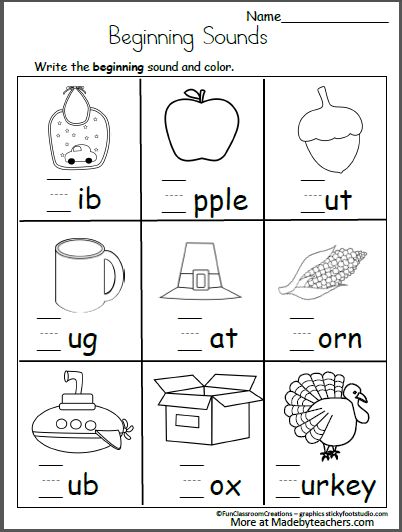 For this activity, you can call out the sound of a letter and ask your child to hit or point to the letter it matches on a keyboard.
For this activity, you can call out the sound of a letter and ask your child to hit or point to the letter it matches on a keyboard.
This exercise is easy and versatile, as you can use any keyboard you have around — on your phone, your computer, or a device designed for kids. And your child will probably love pretending to be a grown-up just like you!
5) Bingo
Classics are classics for a reason. And Bingo is a time-tested, kid-approved game!
If you’d like to take a shot at this activity, draw or print out a Bingo sheet that has pictures of things your child is familiar with (remember tip #2!). We recommend sticking to things they see daily, like apples (for the “a” letter sound), bikes (for the “b” letter sound), and so on.
To play, call out a letter sound and instruct your child to mark off the picture that begins with the same sound. If your child has siblings or neighborhood friends, consider inviting them to play along (it makes for a great virtual game, too).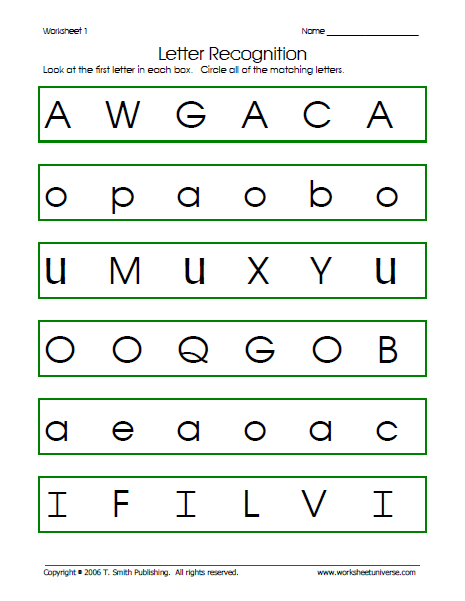
The first to make it to bingo wins!
Making Letter Sounds Fun And Functional
We hope these tips were helpful and gave you some creative ideas for how to get your child engaged with letter sounds (while having a blast along the way!).
We always want to leave you with a reminder that on the journey toward helping your child become a confident, enthusiastic reader, it may take some time to discover what learning strategies are the perfect fit for them. That’s OK!
If you ever need a little extra help or want to switch up your child’s learning routine, our learning center is always open and full of engaging and effective exercises for your emerging reader!
Author
Cartoons about letters
Every parent is concerned about the development of their child from an early age. But it is very difficult to attract and keep the attention of young children, so many do not know how to do it. Developing and educational cartoons about letters for kids come to the aid of such parents, during which children get acquainted with the alphabets of Russian, English and German and at the same time do not get very tired, as they are quite colorful, interesting and short.
Developing and educational cartoons about letters for kids come to the aid of such parents, during which children get acquainted with the alphabets of Russian, English and German and at the same time do not get very tired, as they are quite colorful, interesting and short.
The number of such cartoons is constantly growing, and to facilitate the search process, we offer a list of developing and educational cartoons about the letters of the alphabets of different languages, calculated from 3 months to 5 years. nine0003
Cartoons about English letters
Learning English: alphabet, letters, colors
This educational cartoons are designed for ages from 3 months to 1 year, that is, for the smallest. Its main characters are the small Latin letter B (Bi) of red color, a learning card and an alphabet song for little children, who, with the help of songs and rhymes, introduce the letters of the English alphabet and the words-names of flowers.
Aunt Owl's lessons: English alphabet for children
A very kind, well-known and unfailing leader of useful lessons, Aunt Owl and her assistant Alice will introduce each letter of the English alphabet with the help of a cartoon, besides, at the end of each series there are games teaching letters.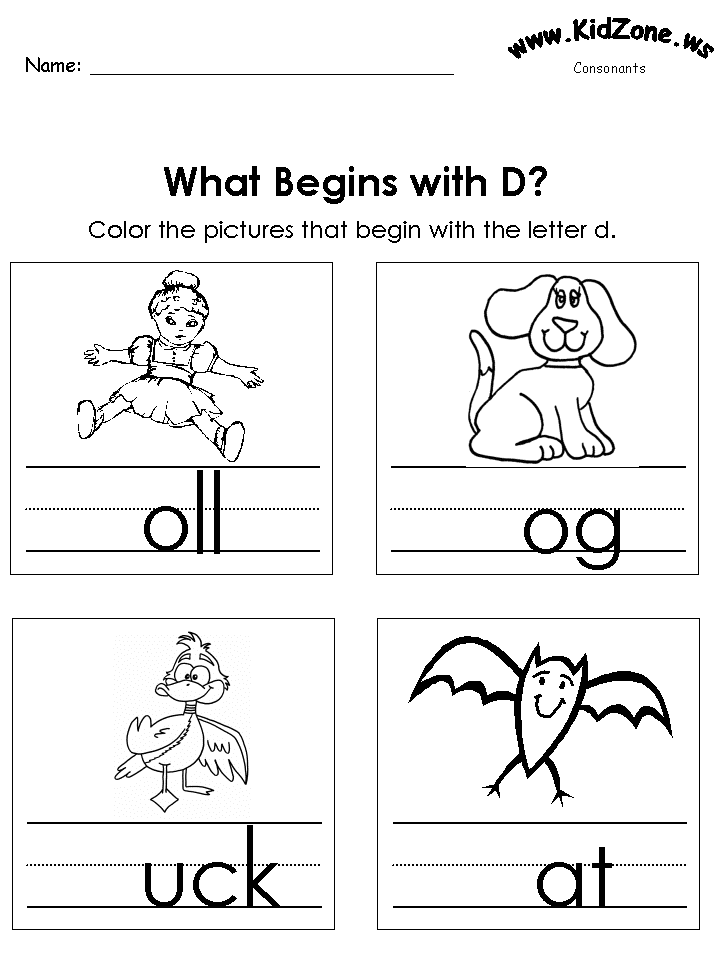
In addition to English lessons with Aunt Owl, there is a series of German lessons.
Cartoons with letters of the Russian alphabet
ABC for kids: Learn letters
Consists of short videos dedicated to each letter of the Russian alphabet, during which the kid gets acquainted with how the letter sounds and looks, what words begin with this letter, and that’s it this is accompanied by verses by S. Marshak. Each video ends with a small task for the kids. nine0003
Umnyashka the train - a train with letters
This funny educational cartoon about Umnyashka the engine will not only introduce children to letters, but also teach them how to put syllables and words out of them. Children will love to travel on the train with the train and collect letters, put them into syllables and words, which at the end of the series will need to be read with the help of adults or on their own.
The best alphabet in the country of letters
This is not only an educational cartoon aimed at learning letters, but a whole educational course for children from 1 to 6 years old. The first part consists of seven series "Tales about Aza and Buka, who invented the ABC", in which children will get acquainted with the magical land of Letters, with the letters themselves and their keepers - Az and Buka. nine0003
The first part consists of seven series "Tales about Aza and Buka, who invented the ABC", in which children will get acquainted with the magical land of Letters, with the letters themselves and their keepers - Az and Buka. nine0003
In the second part - 33 educational cartoons showing the correct spelling of each letter, with special rhymes for quickly memorizing letters and learning to write in block letters.
The last part consists of educational games to expand vocabulary, exercises for self-study and test tasks.
Aunt Owl's Lessons: ABC - baby
Wise Aunt Owl learns letters with the kids with bright pictures and poems. nine0003
Talking alphabet
This educational cartoon is designed for preschool children. He introduces not how the letter is called, but how the letters sound correctly, this will help further learning to read.
Styopa's Crane
In the episodes of the developing animated series about Styopa's Crane, children will get acquainted with different letters that a small crane finds to collect new words.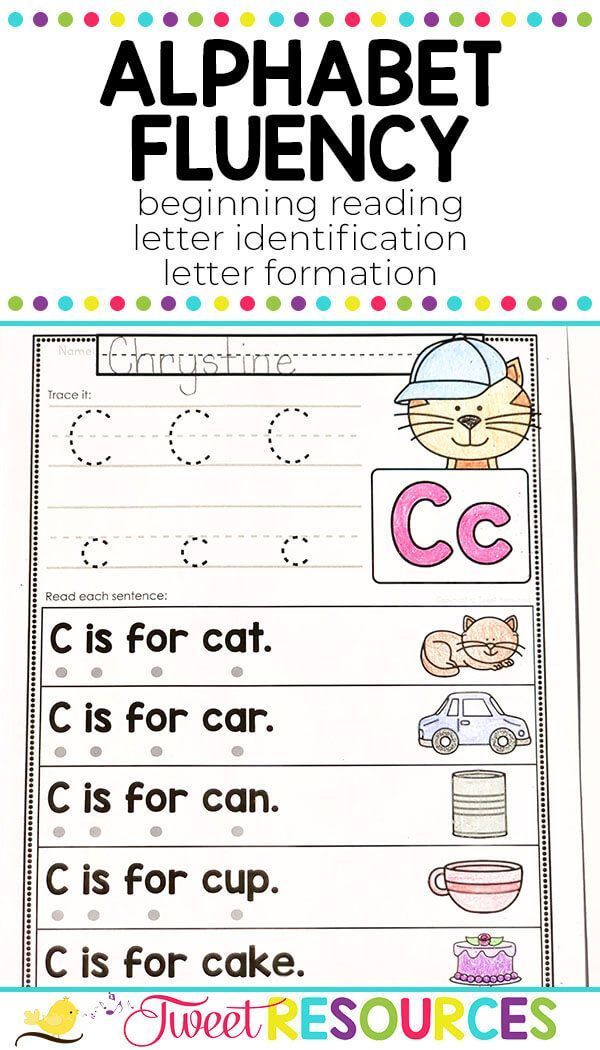 During the observation of the cartoon character, children will not only get acquainted with all the letters, but also learn to read simple words. nine0003
During the observation of the cartoon character, children will not only get acquainted with all the letters, but also learn to read simple words. nine0003
In addition to the already listed cartoons for children to learn letters, you can also offer How the Mouse Catched Letters, ABVGD ... Learning to Read, Luntik Teaches Letters, educational cartoons by Robert Saakayants about letters, Berilyaka Learns to Read.
By choosing an interesting cartoon about letters for your child, you will instill in him an interest and love for reading.
Teaching boards | Educational and methodological material on speech therapy (preparatory group) on the topic:
"Teaching boards" in working with children aged 5-7 years with the development of speech and teaching the basics of literacy. nine0003
The main goal of any training is to obtain a result that directly depends on the interest in this training. In connection with this provision, our professional credo is: "There will be interest, there will be results!". It is to create interesting learning for children that all our pedagogical creativity, all knowledge in the field of correction and development of children's speech is directed. This goal makes us constantly be in search, self-develop and improve ourselves, discover new directions and look for more interesting ways in the education and development of preschool children. nine0003
It is to create interesting learning for children that all our pedagogical creativity, all knowledge in the field of correction and development of children's speech is directed. This goal makes us constantly be in search, self-develop and improve ourselves, discover new directions and look for more interesting ways in the education and development of preschool children. nine0003
In this regard, we have developed a series of didactic aids "Teaching Boards", which help in solving many problems in the development of language processes in children of older and preparatory age, in teaching them to read and write and prepare for school.
Each "Teaching board", along with specific goals, is aimed at developing visual perception, spatial orientation, and improving fine motor skills of the fingers.
A series of didactic aids "Teaching boards" are wooden tablets, being an aesthetically attractive and, most importantly, reliable material for long-term use in working with preschoolers.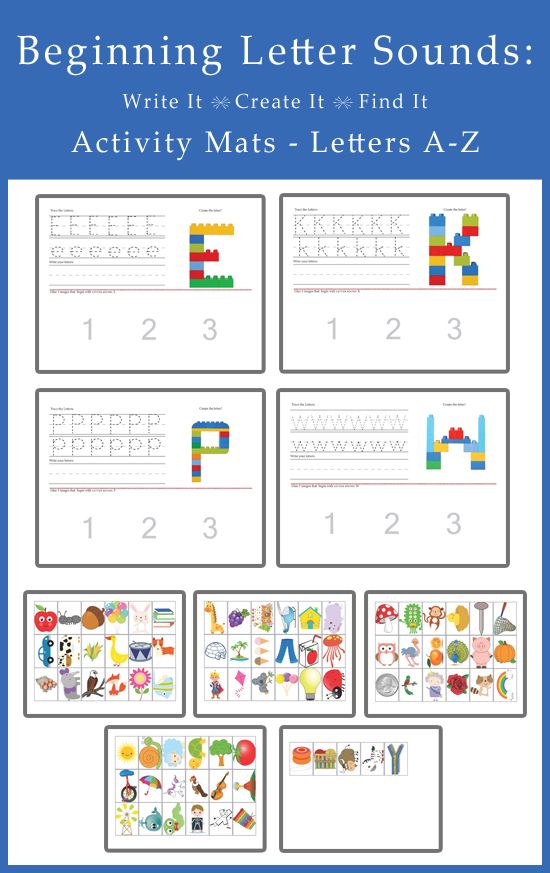 nine0003
nine0003
1. "Sound-letter board" - promotes the development of sound-letter analysis and synthesis of words, teaches you to correlate a specific sound in a word with a certain color or letter, helps to fix the visual image of letters, prevents dysgraphia, and develops fine motor skills.
The manual is a wooden tablet 24x24cm. (see fig. 1). One transparent pocket for a picture is glued into its center (we use half of a photo album sheet 10x15cm.). Under the pocket we paste in a row “necks” with white screw caps with a diameter of 25 mm. (from cardboard milk bags). There should be more caps than "necks" on the tablet. To lay out the sound schemes of words, the upper part of each cap must be covered with paint (red, blue and green) on top. To compose words of their letters, a letter is written on each cap (if a vowel - in red, if a consonant - in blue or green). Stained glass paints are best suited for this, because. are highly durable and rich in color. nine0003
Suggested board size will fit six lids, i.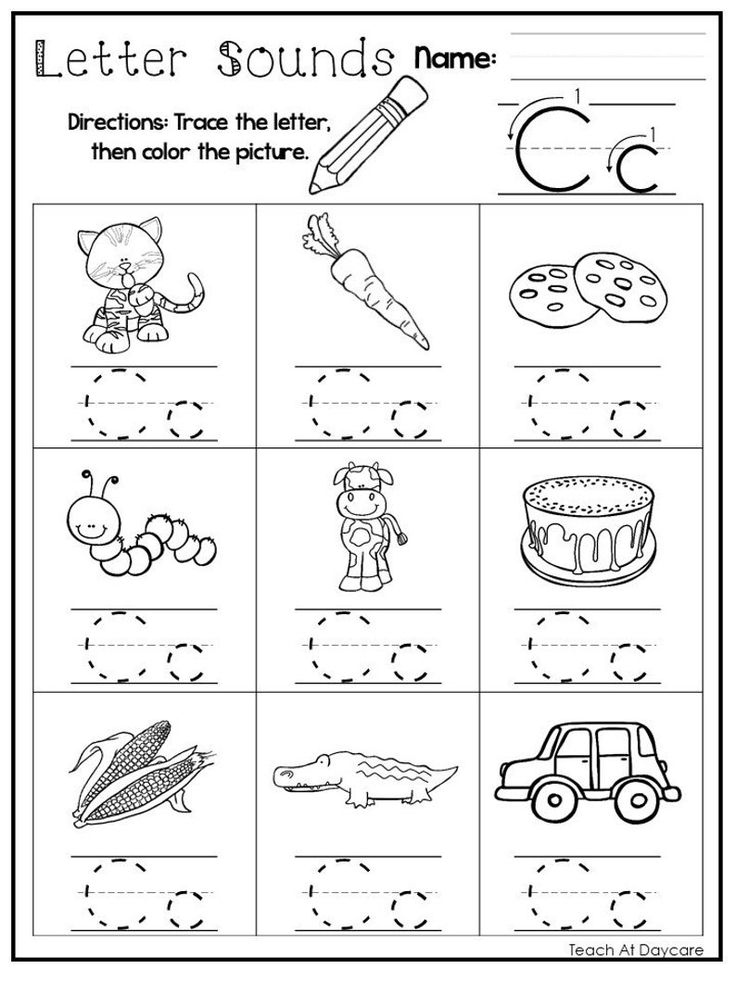 e. the word in the picture should not consist of more than six sounds. For sound-letter analysis of polysyllabic words, you can use a larger board according to the same principle.
e. the word in the picture should not consist of more than six sounds. For sound-letter analysis of polysyllabic words, you can use a larger board according to the same principle.
Task options.
I. Lay out the sound scheme of the given word.
Purpose: to learn to correlate a specific sound in a word with a specific color.
Stages of work on the manual:
1. A picture with any image is placed in the central pocket. nine0003
2. The children are asked to name what is drawn in the picture.
3. Pronounce the word by sounds.
4. Lay out the sound pattern of the given word using caps of the desired color.
II. Write a word out of letters.
Purpose: to learn to correlate a specific sound in a word with a specific letter.
Children are encouraged to form the word shown in the picture in the center pocket using the letter caps.
2. "Plate for determining the place of sound in a word" - contributes to the development of sound and syllabic analysis of words, fixing the visual image of letters, improving fine motor skills of fingers.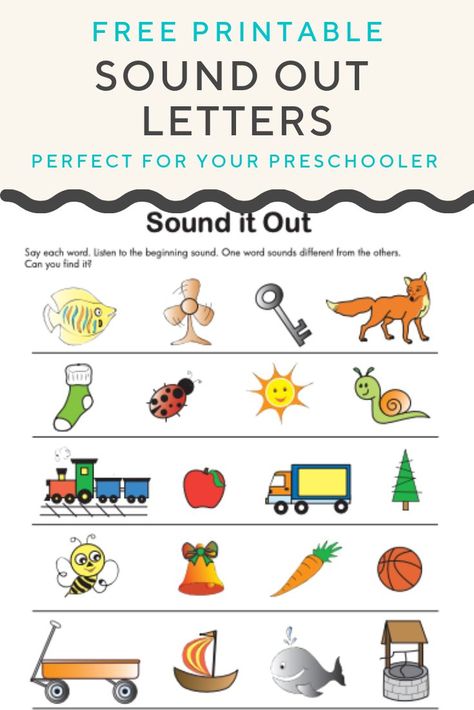 nine0003
nine0003
The manual is a wooden tablet (30x40cm). A transparent pocket for a card with a letter is glued to the left of the tablet in the center. On the right are three similar pockets one under the other (at the same distance from each other) for pictures. Pockets are best taken from a 10x15cm photo album, cut in half. Under the pocket for the letter (on the left of the tablet), three multi-colored pins (power buttons with red, blue and green caps) are driven one under the other at a short distance from each other. Under each picture pocket, three pins of the same color (yellow or white) are driven one after the other at a distance of 2 cm from each other (see Fig. 2)
To complete the task, you will need thin rubber bands of red, blue and green colors, a card with the letter being studied and three pictures with any image, in the name of which there is a sound corresponding to the letter.
Stages of work on the manual (with examples):
1. Name each picture in turn in the pockets on the right (Squirrel, Bison, Beaver).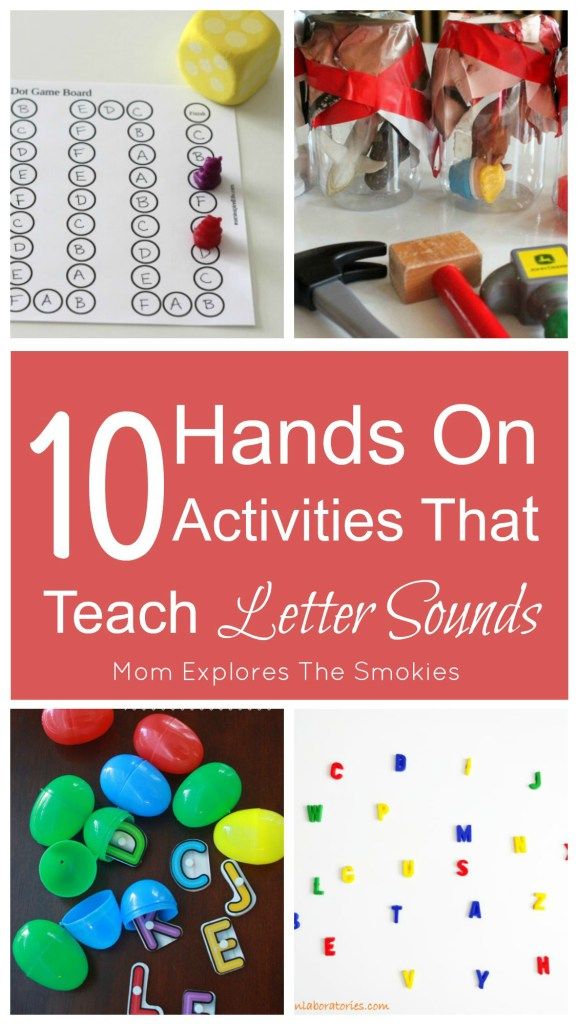
2. Determine the sound that is in all words (sound B).
with a letter. Insert it into the pocket on the left. nine0003
4. For the first word, choose the color of the pin under the letter, choose the color of the rubber band depending on how this sound sounds in the word (in the word BELKA, the sound B is a consonant, soft, so we choose a green pin and a green rubber band).
5. Put one end of the rubber band on the selected pin under the letter, and pull the other end on the desired pin under the first picture, depending on where the sound under study is located in the word: at the beginning, middle or end (we pull the green rubber band from the green pin under letter B to the first pin under the image of PROTEINS). nine0003
Similarly, we select the desired color of the pin and rubber bands for the following pictures, determine the place of the studied sound in each word and stretch the rubber bands to the selected pins under each picture.
Such work allows preschoolers to quickly and easily learn not only to determine the location of a given sound in a word (the sound analysis of each word is supported by visual support on the diagram), but also helps to consolidate the sound analysis of a letter by repeated repetition and pronunciation (through the choice of the color of the pin and rubber band for each picture). At the same time, with the help of this manual, you can also work out syllabic analysis, if you include tasks for finding the longest or shortest word among the proposed pictures, parsing each word into syllables. nine0003
At the same time, with the help of this manual, you can also work out syllabic analysis, if you include tasks for finding the longest or shortest word among the proposed pictures, parsing each word into syllables. nine0003
3. Board "Funny cobwebs" - helps to improve sound-letter analysis, gnosis, phonemic processes, lexical and grammatical structure of speech, spatial orientation, visual perception, fine motor skills.
Educational board "Funny cobwebs" (see fig. 3) is a wooden tablet (40x50cm) with pockets for pictures (4 pockets on the left and right side of the tablet). For pockets we use half of the photo album sheet 10x15cm. One pin is driven in next to each pocket (we use power buttons with white or yellow caps). Each picture inserted into the pocket on the left side of the tablet should have a logical connection with the pictures on the right side, which the children are invited to establish and show by pulling multi-colored rubber bands on the pins corresponding to the pictures.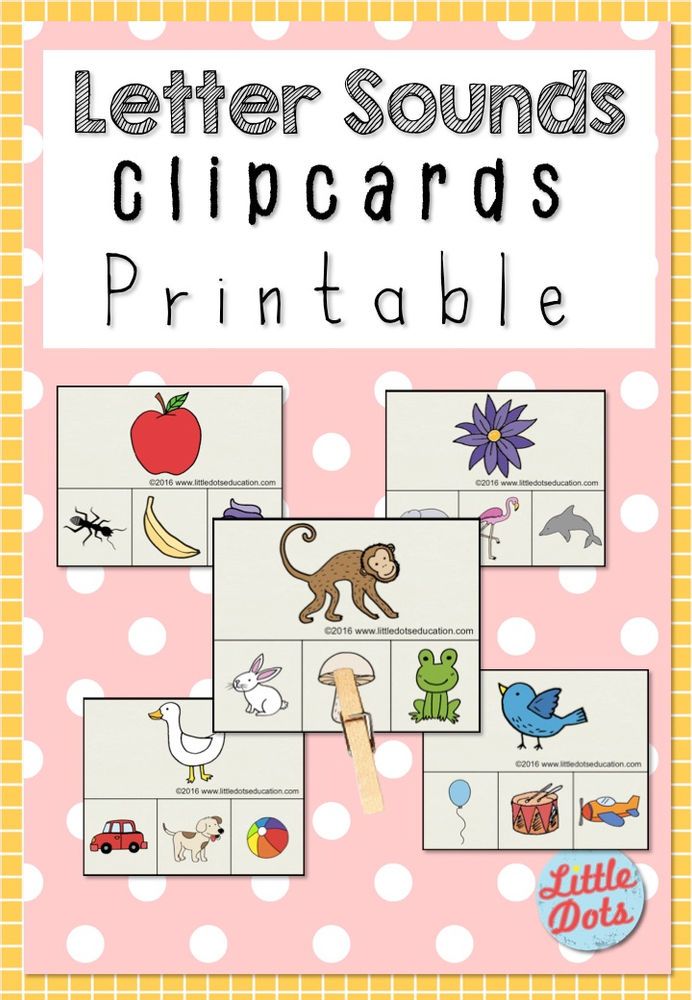 nine0003
nine0003
By changing the images of pictures, using only one tablet, you can implement many goals and tasks aimed at examining and developing the lexical and grammatical structure of speech, teaching preschoolers the basics of literacy, developing phonemic processes, as well as many other aspects of children's speech development.
Job options.
I. Find a mother for each cub.
Purpose: to learn to form the names of baby animals.
Children are given a task: with the help of multi-colored rubber bands, choose a mother for each child. nine0003
To do this, pictures of baby pets (kitten, puppy, piglet, calf) are inserted into the pockets on the left side of the tablet, and pictures of adult animals (cow, pig, dog, cat) are inserted into the pockets on the right side. Calling all the pictures in turn, the children complete the task.
II. Choose a picture for each letter.
Purpose: to teach sound-letter analysis of words.
For this purpose, on the tablet, images of letters (for example, K, S, T, Zh) are placed in pockets on the left side, and on the right side - pictures with any image (preferably one lexical group), the names of which begin with sounds corresponding to the selected letters (for example GIRAFFE, COBRA, ELEPHANT, TIGER).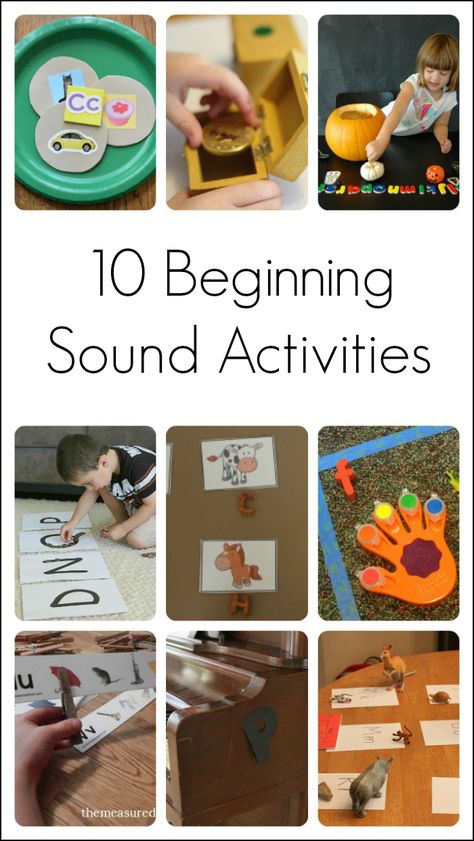 The children are offered a task: with the help of the tension of the rubber bands, choose a suitable picture for each letter. nine0003
The children are offered a task: with the help of the tension of the rubber bands, choose a suitable picture for each letter. nine0003
At the end of each task on the tablet, a pattern of rubber bands ("funny cobweb") is obtained. Children are invited to name what the resulting pattern looks like.
4. "Digital board" - aimed at developing spatial orientation, visual perception, fixing the visual image of letters and numbers, promotes the development of fine motor skills, prevention of dysgraphia and dyscalculia.
The manual is a wooden tablet (24x24cm) with nine plastic pins (power buttons with hats, which were used in the creation of the manual "Plate for determining the place of sound in a word"). Each pin button is numbered from 1 to 9(see Fig. 4).
Using a set of thin multi-colored rubber bands and cards with rows of numbers, a child can construct various images on the tablet (letters, numbers, geometric shapes, patterns, household items, etc.).
Task options.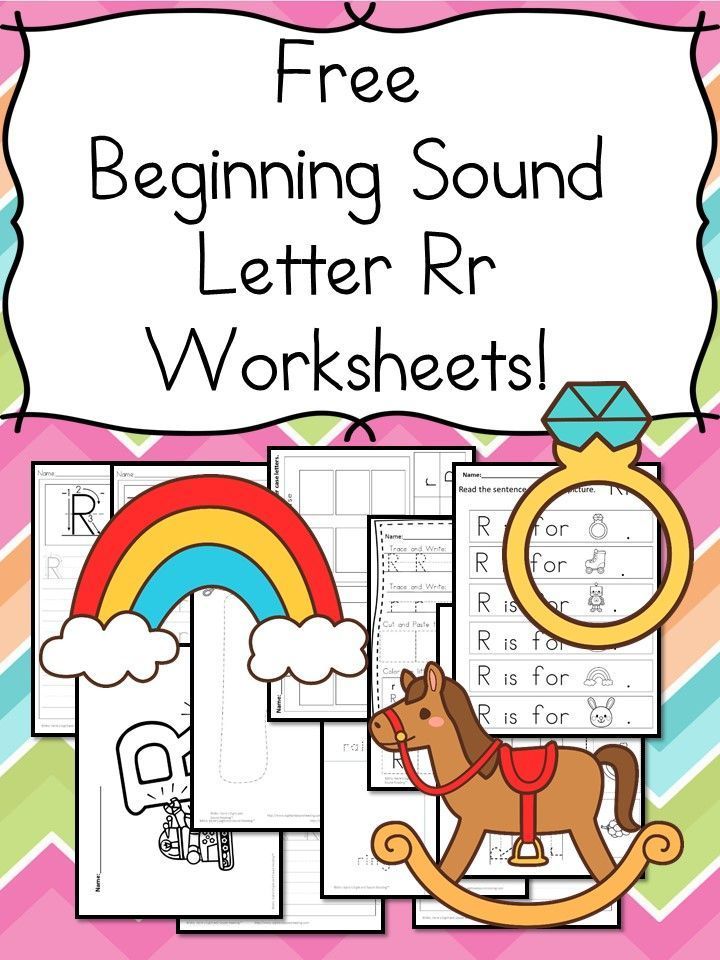
I. Lay out a letter from rubber bands according to the proposed sequence of a series of numbers.
Purpose: to develop visual perception of the image of letters, numbers from 1 to 9.
The child is given a task: using thin multi-colored rubber bands, put a letter on the tablet, focusing on a series of numbers. nine0003
Individual cards are used for this purpose. Each card consists of two sides - front and back (see Fig. 5). On the front side there is a series of numbers in a certain sequence (the sequence of numbers must comply with the rules for the graphic representation of letters by elements). On the back of the card is a sample of the letter that the child laid out. It should be shown only after the task is completed.
An instruction for a child of senior preschool age may sound like this: “Lay out on a tablet of rubber bands a letter on a card with written rows of numbers. Move from one row to another, following the sequence of numbers in each row.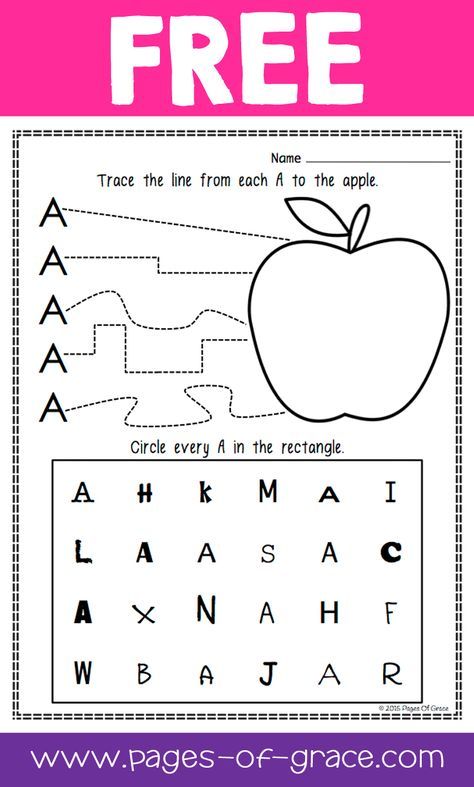 The arrows between the numbers will help you with this. After completing the task, compare the resulting image of the letter with the sample on the back of the card. nine0003
The arrows between the numbers will help you with this. After completing the task, compare the resulting image of the letter with the sample on the back of the card. nine0003
Letter H
The following picture should be obtained on the tablet (see Fig. 6):
II. Lay out a figure, a geometric figure, taking into account the sequence of rows of numbers.
Purpose: to develop visual perception of the image of numbers, geometric shapes.
Description of the game and instructions are the same as when laying out the letters. Only task cards change. nine0003
It is convenient to insert individual cards into sheets from a photo album 10x15cm. They can be sorted into a file cabinet into three sections:
1. Preparation for literacy (laying out letters)
2. REMP (laying out numbers, geometric shapes)
3. The world around (laying out images of objects, animals)
Depending from the goals of the lesson, you can work on cards without visual support, i.